Private Museums of the World: Rubell Museum An ambitious museum in the heart of Miami's art district
by Nadezna SiganporiaJun 08, 2021
•make your fridays matter with a well-read weekend
by Nadezna SiganporiaPublished on : May 08, 2021
In a small village of the French Riviera, lies an international cultural organisation of immense importance; one that was born from tragedy, nurtured by some of the greatest artists of the 20th century and bloomed into an exceptional destination of modern and contemporary art. And while the artists were integral to the origin and subsequent growth of the institution, it was the natural landscape that literally moulded the architecture of Fondation Maeght in Saint-Paul de Vence, France.
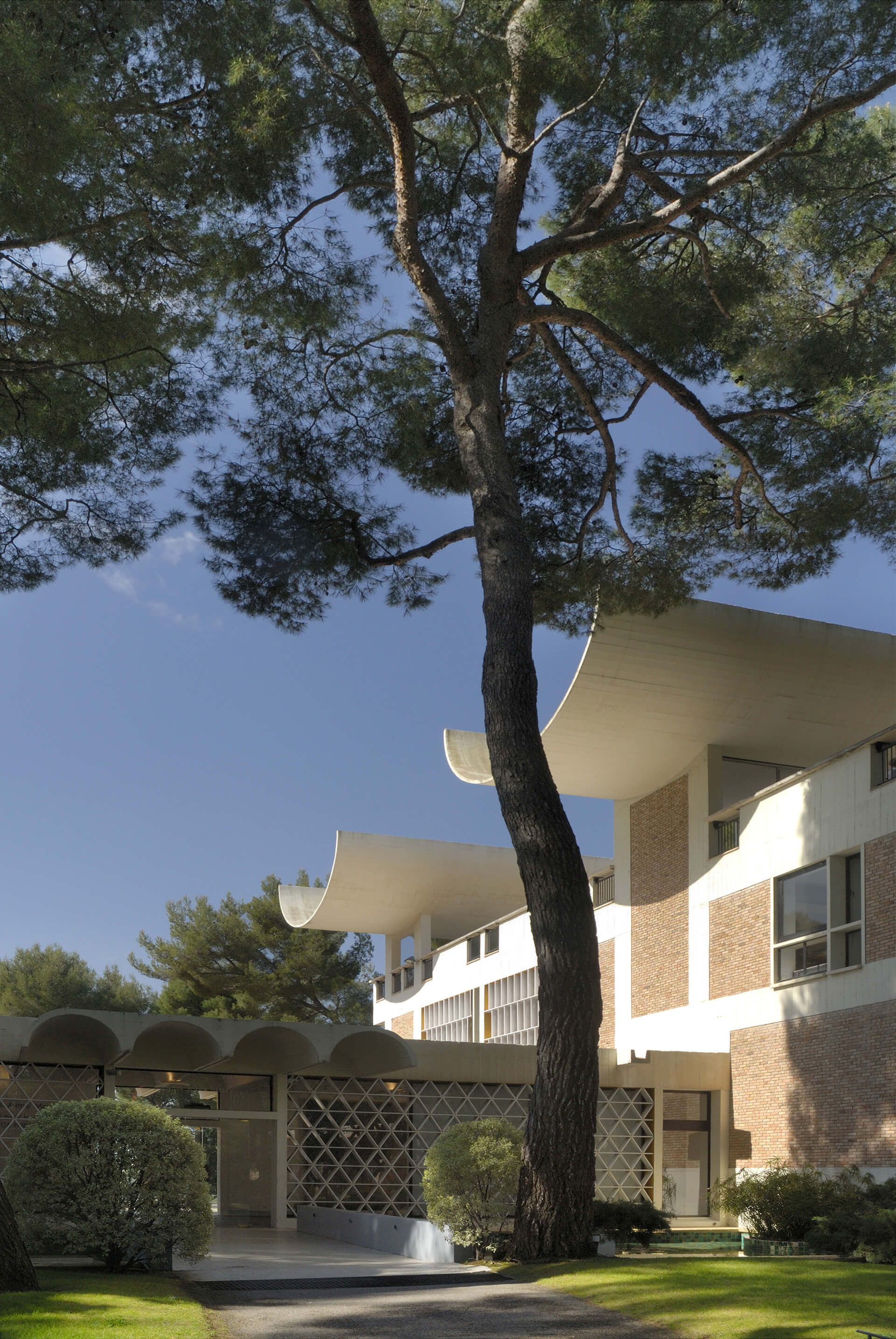
Founders Aimé and Marguerite Maeght were Europe’s leading art publishers and dealers in the post-war era. Opened on July 28, 1964, the foundation was a result of close friendships between the couple and several of the most important artists of the 20th century, including Joan Miró, Alexander Calder, Fernand Léger, Georges Braque, Alberto Giacometti, Marc Chagall and many others. “My grandparents had bought this land to make it a place where my uncle Bernard, who was already ill, could breathe and be surrounded by fresh air,” explains Isabelle Maeght, who is also a member of the board of directors of the Fondation Maeght.
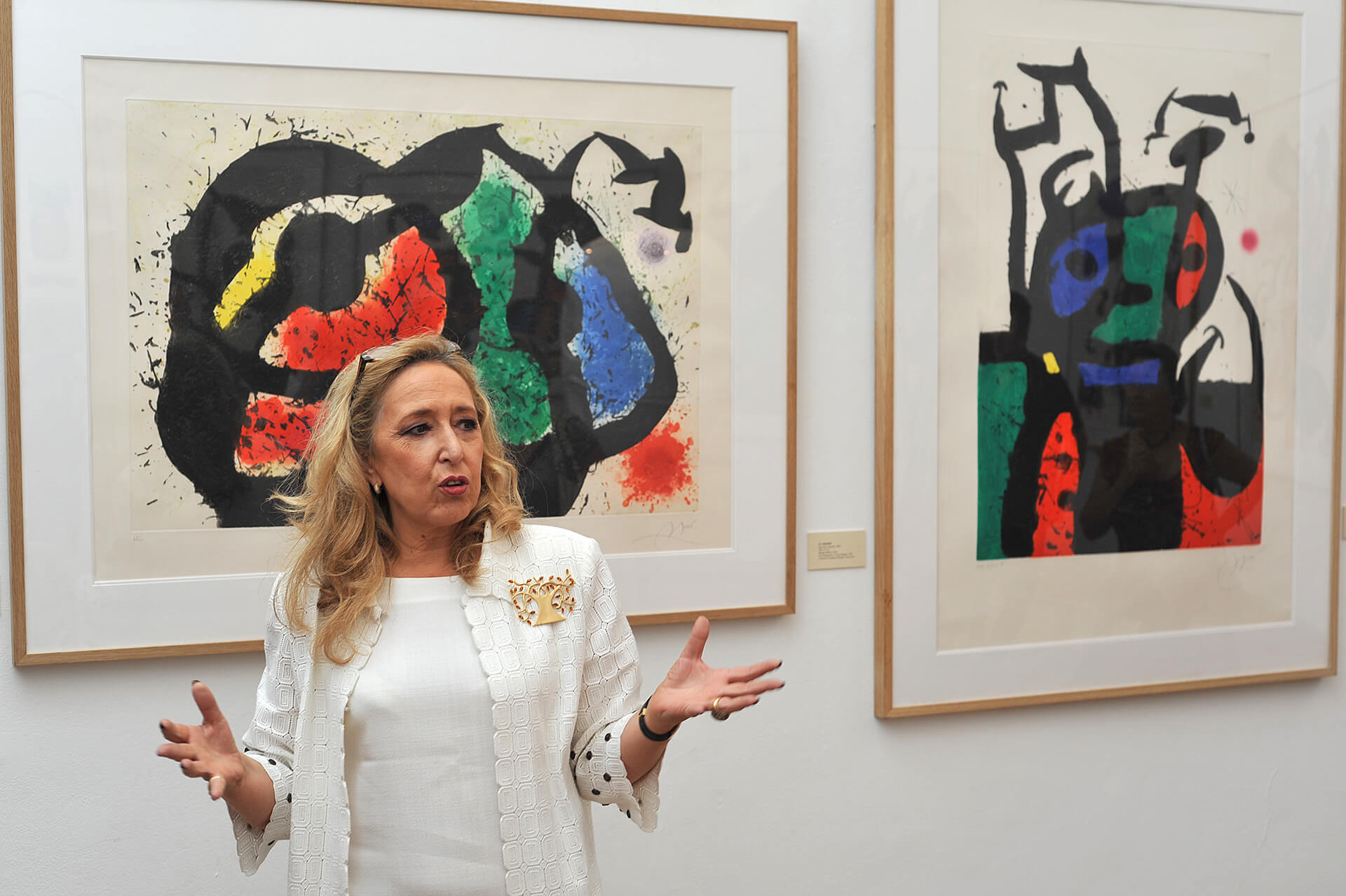
It was this large family of close friends who helped the couple cope with the tragic loss of their young son who died of leukaemia in 1953 at the age of 12. Georges Braque visited them often during this difficult time where conversations turned to advice to undertake something larger to overcome the pain. “It was the artists who brought this project to them, who told them to go and see the American foundations like Barnes, Phillips and Guggenheim. Eventually, my grandparents wanted a place for these talents to express themselves in their own image. The foundation became the first dedicated to modern art in France,” Isabelle continues.
“The irregularity of the land, the beauty of the trees, the sky and the light, this Mediterranean nature decided the architecture,” explains Isabelle. The Maeghts asked Catalan architect Josep Lluís Sert to design a site for and with artists. “When my grandparents saw the studio that Joseph Lluis Sert had just built for Joan Miro in Palma de Mallorca, they were struck by the treatment of light. The light was the same in Saint-Paul de Vence, and they wanted to find in the future architecture the luminosity felt in Joan Miro’s studio”.
Sert visited the site and took topographic readings. Most significantly, he thought about the location of the building in relation to the existing trees and those that had to be cut down. He built the site around the trees; only 11 were cut for construction. He also wanted the foundation to be no taller than a mature pine tree, so there would always be shade on the buildings. “These are the elements that really decided the “design” of the Fondation. The location of the trees and the slope of the land decided the architecture. This is how some walls turn around the trees,” adds Isabelle.
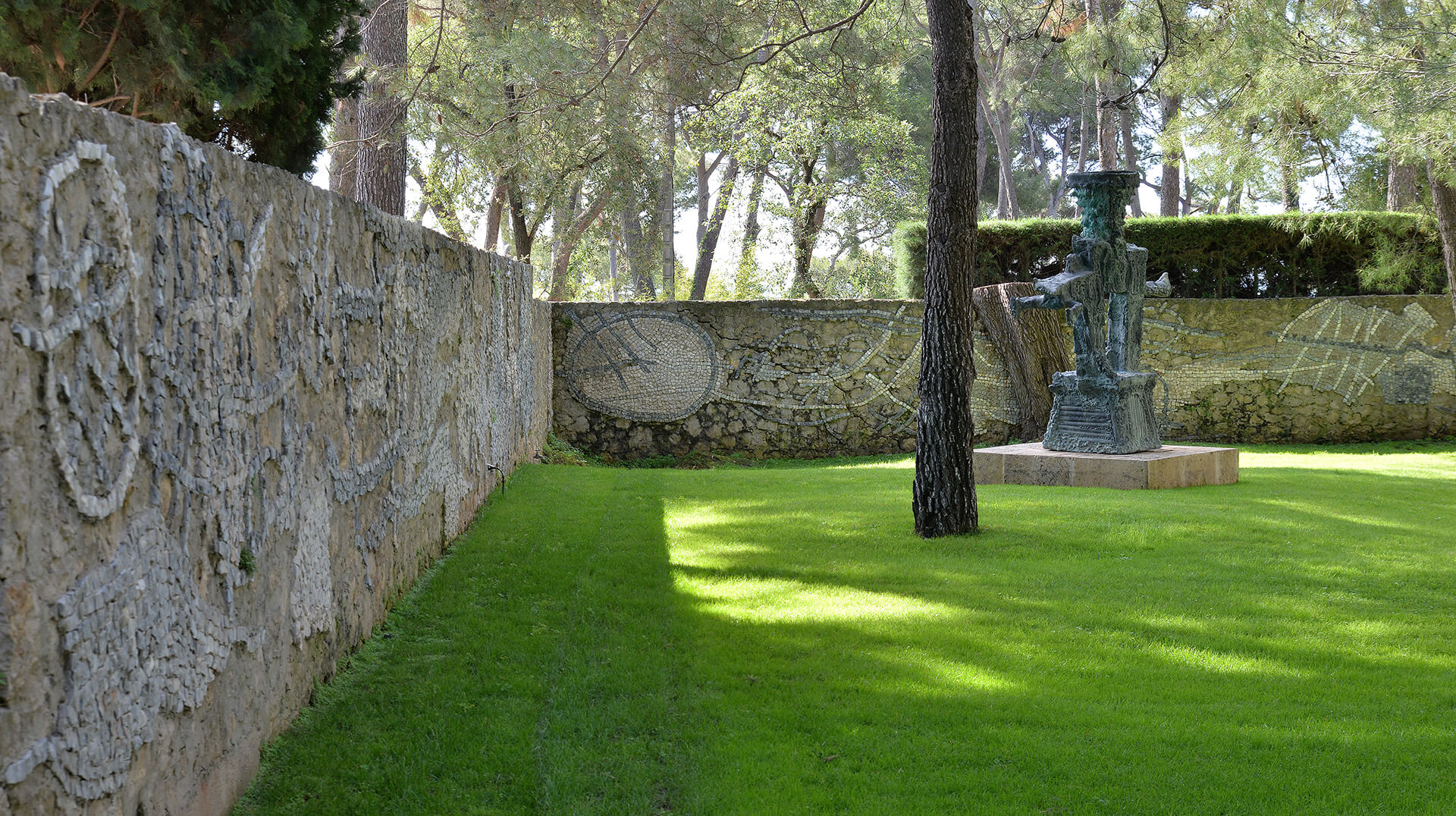
Sert incorporated the location, nature and its myths, into his construction. Now used as the symbols of the foundation, the U-shaped roofs were envisioned to evoke either the sun’s disk or the horns of a bull; though these structures were initially designed to collect rainwater for the fountains and pools in the gardens. Painters and sculptors also actively collaborated with the architect, creating works that are intertwined with building and its natural surroundings like the Giacometti courtyard, the Miró Labyrinth dotted with sculptures and ceramics, the mosaic murals by Chagall and Tal-Coat, the pool and stained glass by Braque and the Bury fountain.
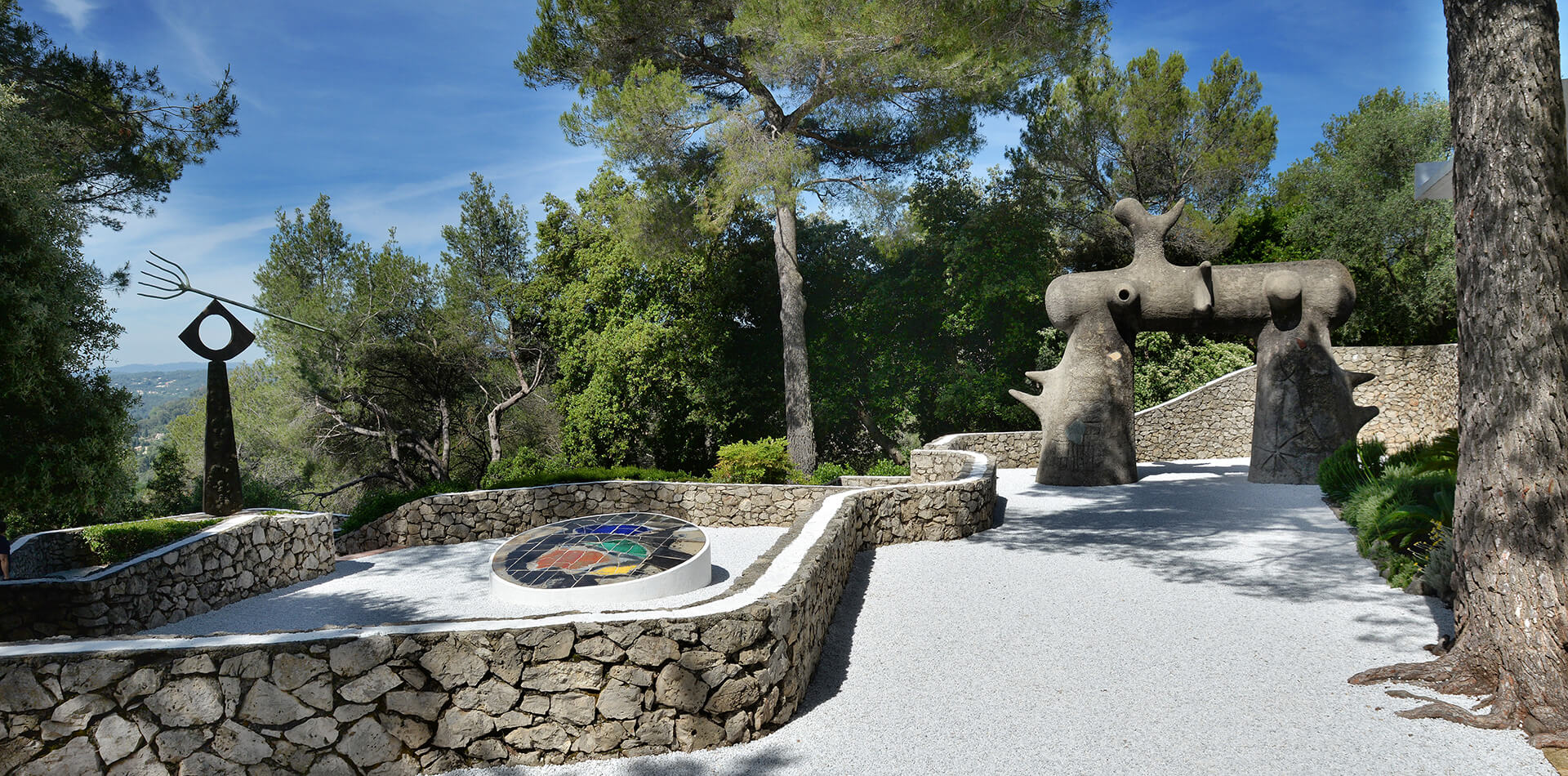
Saint-Paul de Vence is a traditional 14th century fortified village on a hill between Nice and Cannes. For the layout, Sert envisioned a place resembling a medieval village – a sculpture garden as an entrance, an agora as a meeting place, buildings laid out around patios, a bell tower for the chapel, and a ‘town hall room’. The venue integrates interior and exterior spaces with the sculpture garden, courtyards, terraces and patios, exhibition rooms, chapel, library and bookshop.
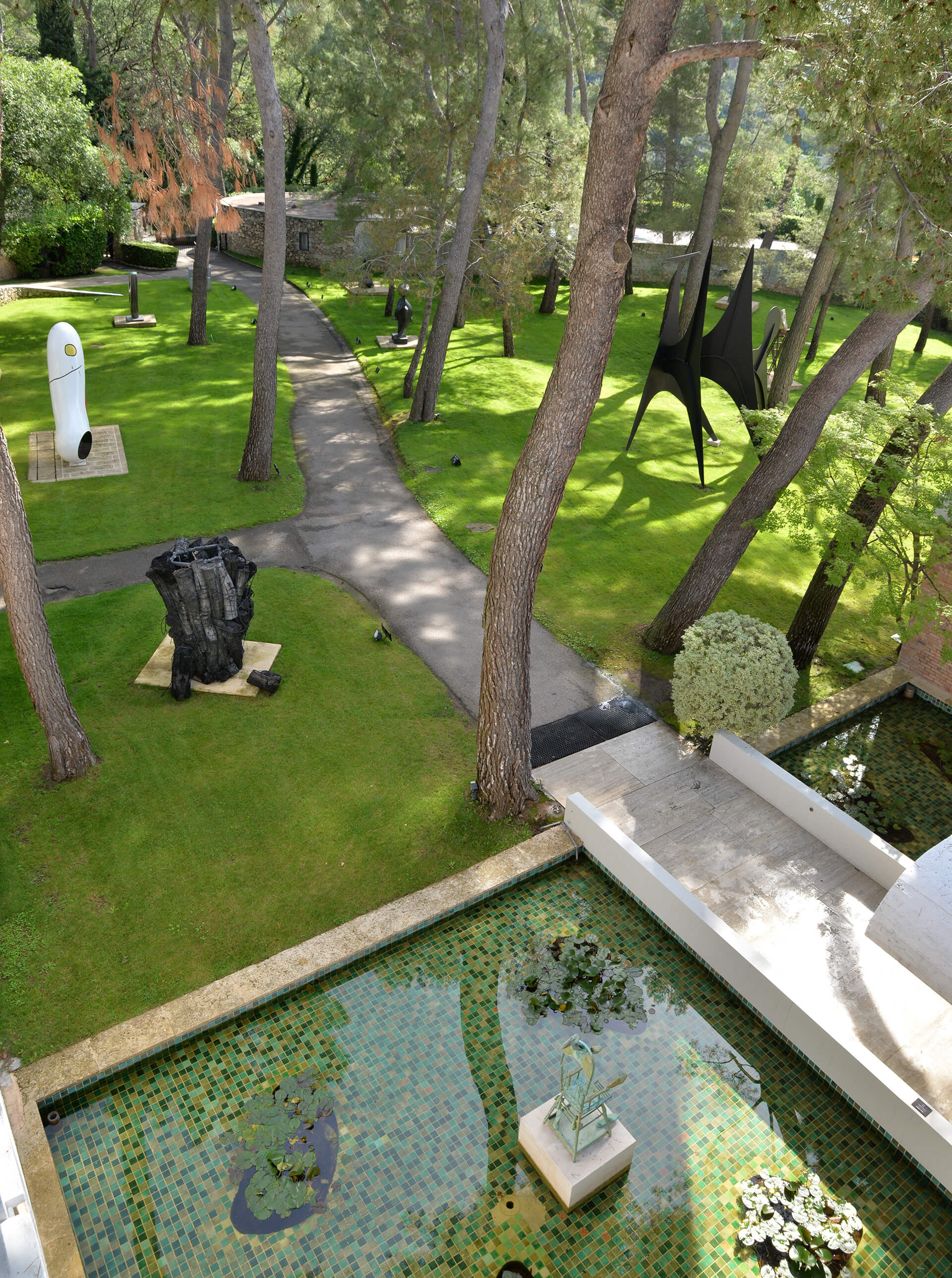
When you arrive, you are greeted by a surrounding wall like the ramparts that protect a medieval castle. This wall, with this marvellous mosaic by Tal Coat, which is a tribute to the Lascaux caves, encloses the foundation. Post the wall, unfolds a meadow where, in the style of the Middle Ages markets were held. At the foundation, it is the sculpture garden. “The outdoor sculpture garden is conceived as a promenade, as an airlock that allows all visitors to leave their troubles at the door,” she explains. “Before entering the building there is a drawbridge, so it’s really the idea of the castle”.
The design philosophy was to remain neutral; everything was thought out so that nothing in the architecture would hinder or disturb the vision of the works. “The architectural specificities, the choice of materials, the colour of the bricks are all elements that constitute the Fondation. The sobriety of the materials, the uniqueness of the tiles, the whiteness of the walls, the furniture designed by Diego Giacometti, all contribute to the simplicity and tranquillity of the place.”
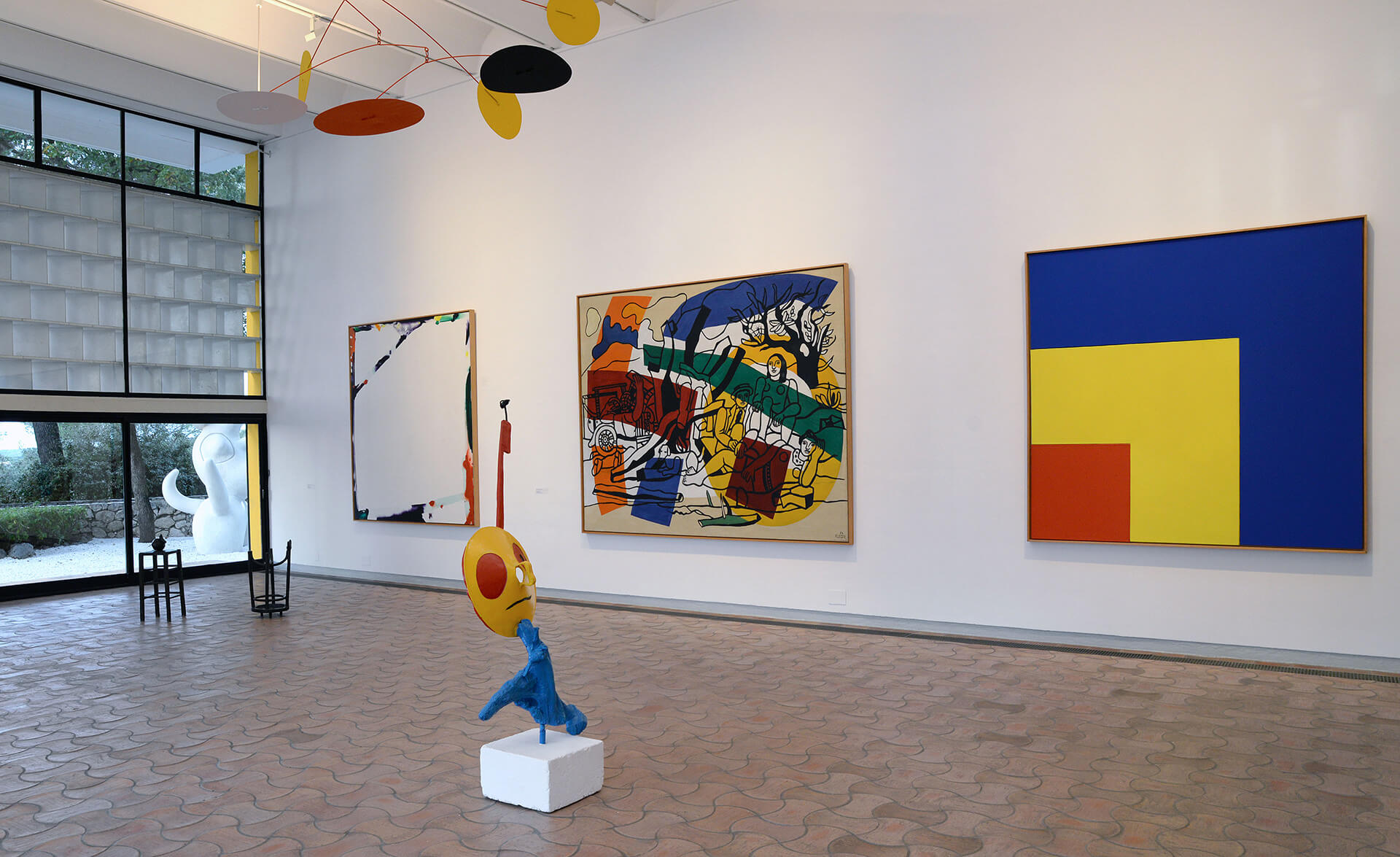
The main desire of Marguerite and Aime Maeght was to find the clear, even and neutral light that no artificial lighting could make possible at the time. Sert built an adjustable model to study the distribution of light according to the position of the sun, the hours of the day and the year. “The chosen orientation allows the sun’s rays to flush the walls without the light ever being directly on the works. The result was obtained thanks to the half vaults which are real light catchers,” explains Isabelle.
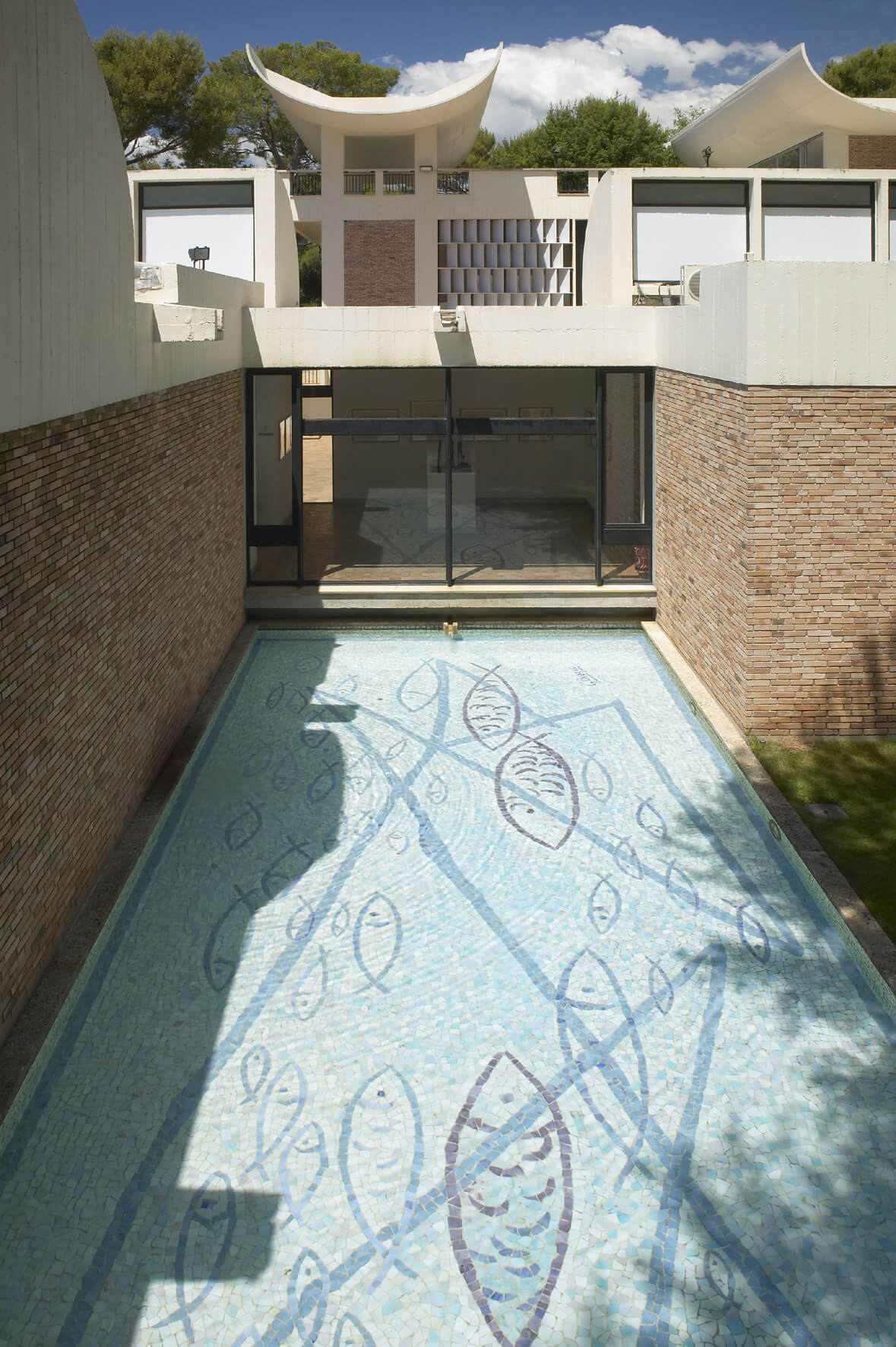
The 850 square metres of indoor space was designed to be flexible to work with the collection on display, yet each element being unique. Even though the entire venue appears uniform, nothing is identically repeated from the doors and windows of varying sizes to the intertwined rooms and passages. Sert wanted to use only simple, locally produced materials. All the briquettes used are locally produced. All the stones were extracted from the ground during construction. “Each member of the ‘Maeght family’ whether artist, friend or family, contributed. The fact that the foundation was created entirely in collaboration with the artists shows the extent to which each of them – Giacometti, Miro, Braque – embodied their own representation of space,” she concludes.
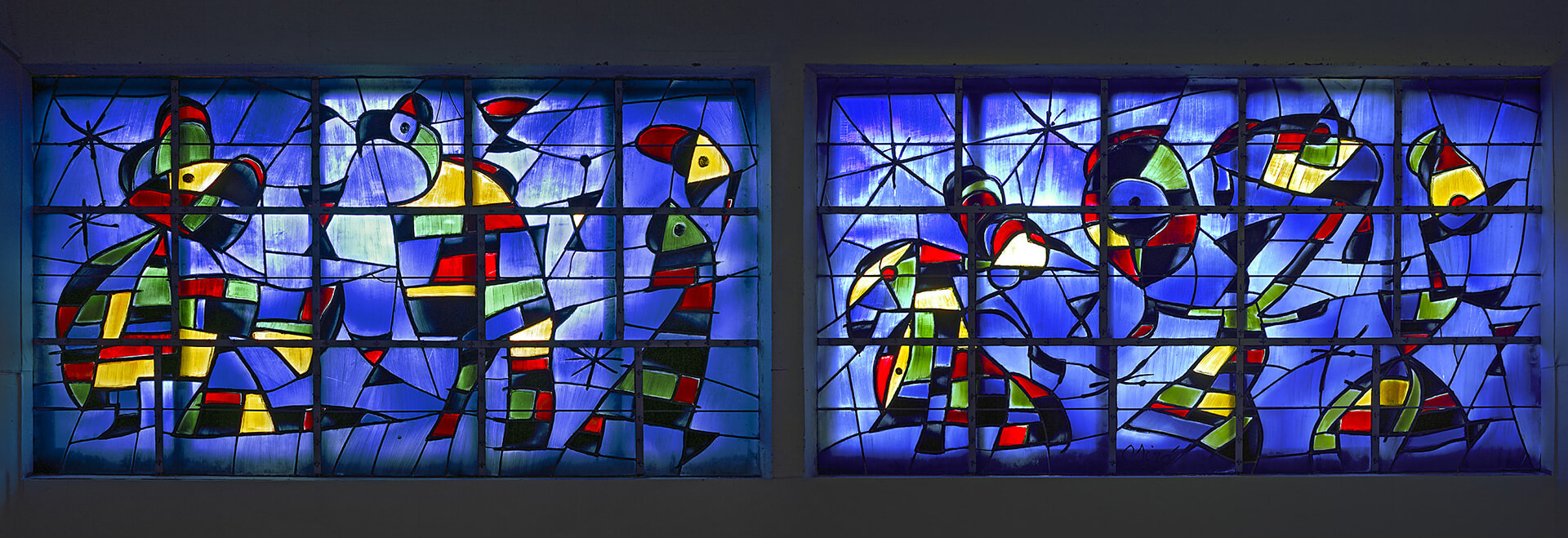
Private Museums of the World:
Curated by Pramiti Madhavji, STIR presents Private Museums of the World: an original series that takes you behind the scenes of privately-owned museums, sharing their origin with chats with art collectors, museum directors, curators and architects, who seamlessly come together to create the most unusual and amazing structures to host art collections.
by Anushka Sharma Oct 06, 2025
An exploration of how historic wisdom can enrich contemporary living, the Chinese designer transforms a former Suzhou courtyard into a poetic retreat.
by Bansari Paghdar Sep 25, 2025
Middle East Archive’s photobook Not Here Not There by Charbel AlKhoury features uncanny but surreal visuals of Lebanon amidst instability and political unrest between 2019 and 2021.
by Aarthi Mohan Sep 24, 2025
An exhibition by Ab Rogers at Sir John Soane’s Museum, London, retraced five decades of the celebrated architect’s design tenets that treated buildings as campaigns for change.
by Bansari Paghdar Sep 23, 2025
The hauntingly beautiful Bunker B-S 10 features austere utilitarian interventions that complement its militarily redundant concrete shell.
 surprise me!
surprise me!
make your fridays matter
SUBSCRIBEEnter your details to sign in
Don’t have an account?
Sign upOr you can sign in with
a single account for all
STIR platforms
All your bookmarks will be available across all your devices.
Stay STIRred
Already have an account?
Sign inOr you can sign up with
Tap on things that interests you.
Select the Conversation Category you would like to watch
Please enter your details and click submit.
Enter the 6-digit code sent at
Verification link sent to check your inbox or spam folder to complete sign up process



by Nadezna Siganporia | Published on : May 08, 2021
What do you think?